How to Evaluate Your Soil Right in the Field or Pasture
All you need is a shovel and your senses to get an idea of your soil’s health.
Supplies
- Shovel
NOTE: You will want to complete the following steps at least twice: once in a field or pasture and once in a nearby fence row. Compare the soil in these two places. Typically, soil in the fence row has not been as disturbed by grazing, machinery and tillage, and shows signs of greater health. This is why it makes a good benchmark to give you an idea of what your working soil could look like.
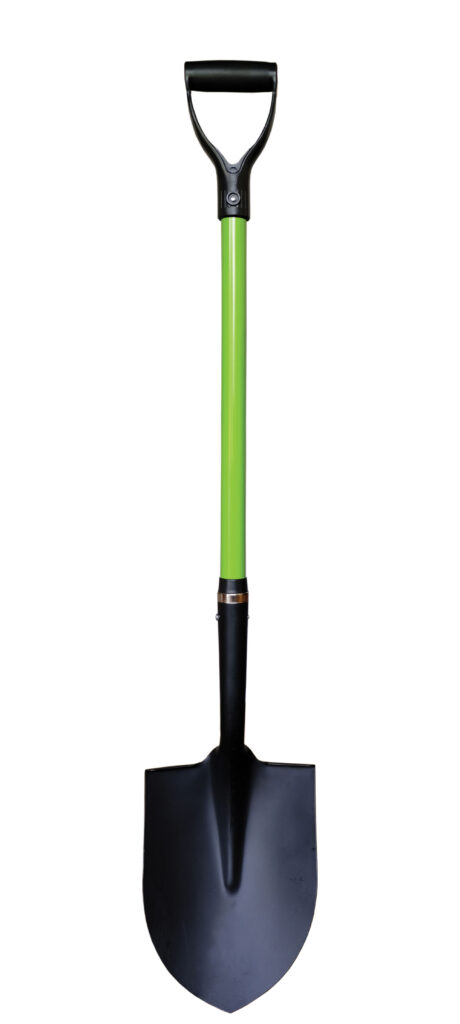
Directions
Step 1: Push the shovel into the ground at your evaluation site. As you do, feel for resistance. While resistance could be caused by roots or rock, it is often a sign of compaction. The shovel should go into the ground easily.
Step 2: Turn the shovel full of soil out and take a look at the color. In general, the darker the soil, the better. Color is an indication of soil organic matter.
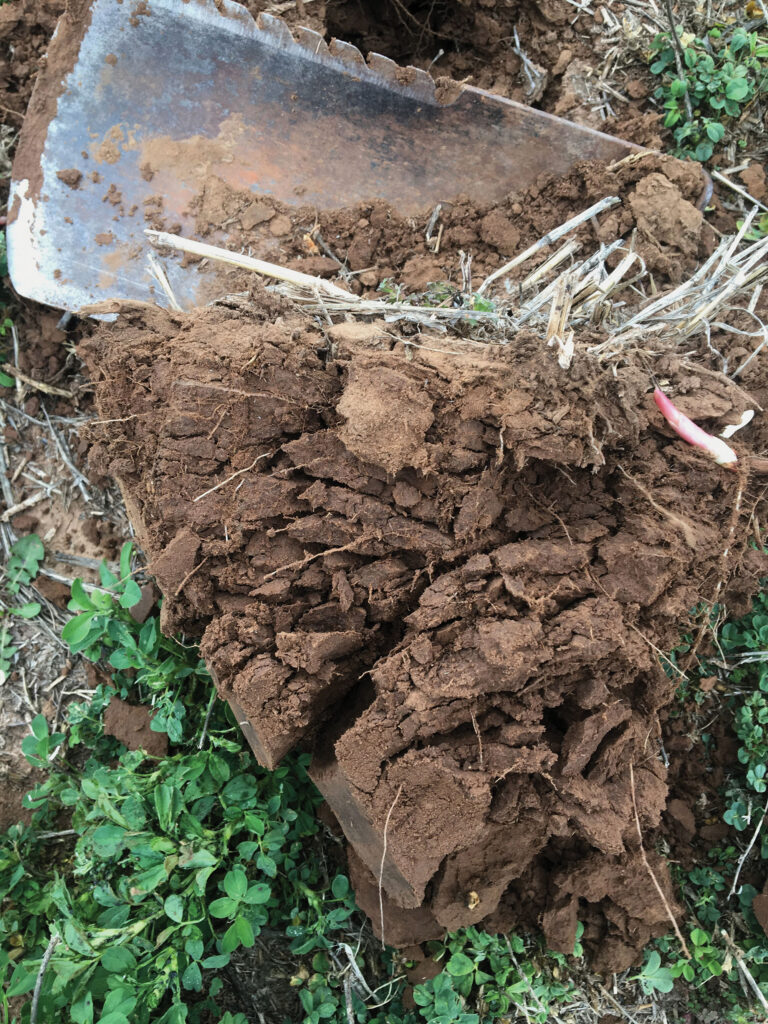
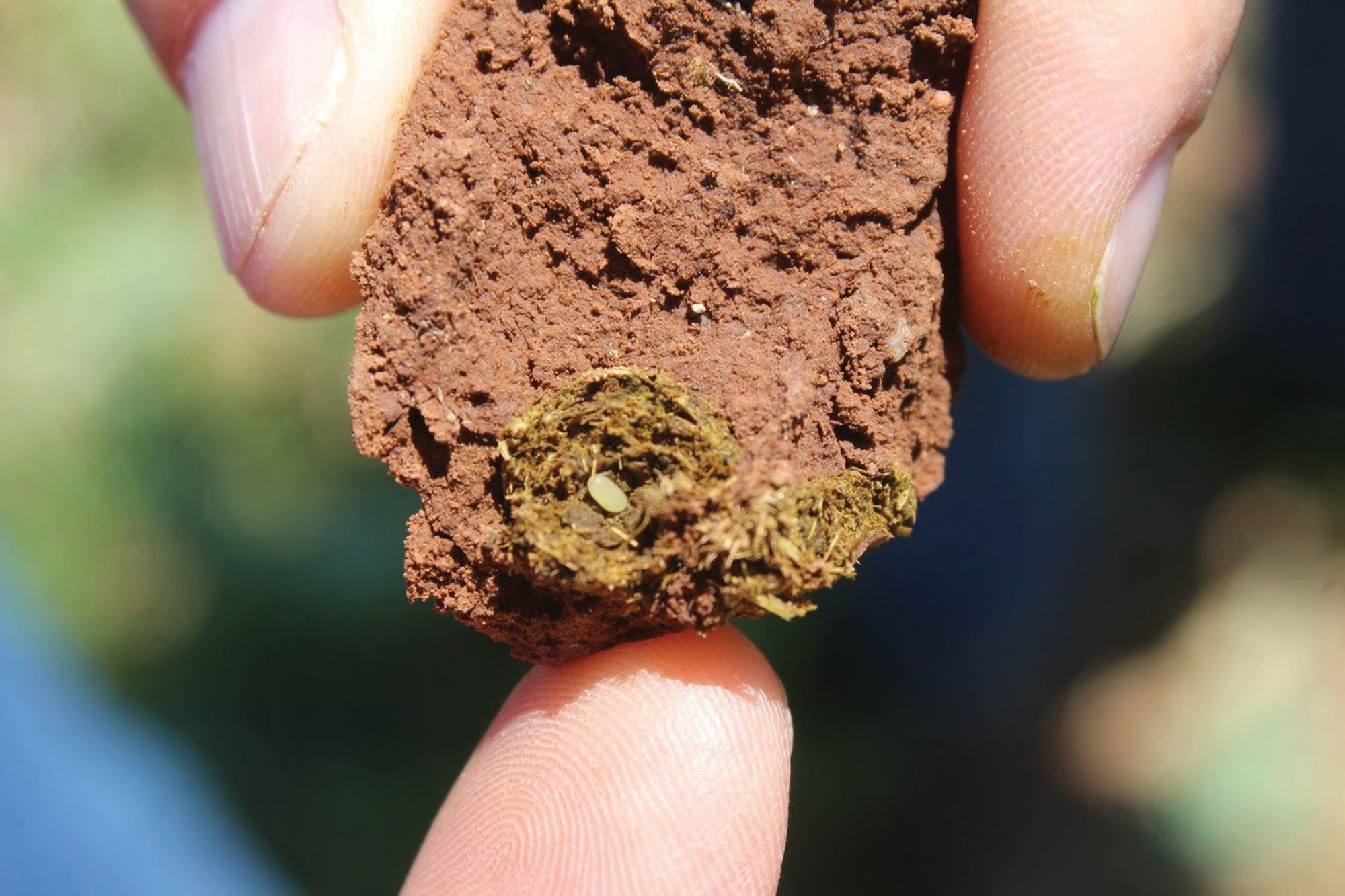
Shovels of steel: Jim Johnson says any shovel will do, but he prefers one that is completely made from steel. That’s because digging in the field tends to break shovel handles. He notes that if you have a lot of difficulty digging, that may be your first sign of a compaction (and soil health) problem.
Step 3: While looking at the color, do a further check for compacted layers. One way to notice compaction is to look at the roots. Are they growing sideways, or in a “J” formation — in which they grow down to the resistance layer then turn 90 degrees because they can’t penetrate it? You want the roots to grow downwards, deep into the ground.
Step 4: Look for biological activity. Are there a lot of living roots or channels where roots have grown? Are there earthworms and other forms of life, like dung beetles, or evidence of them? These are all signs that your soil is alive and healthy.
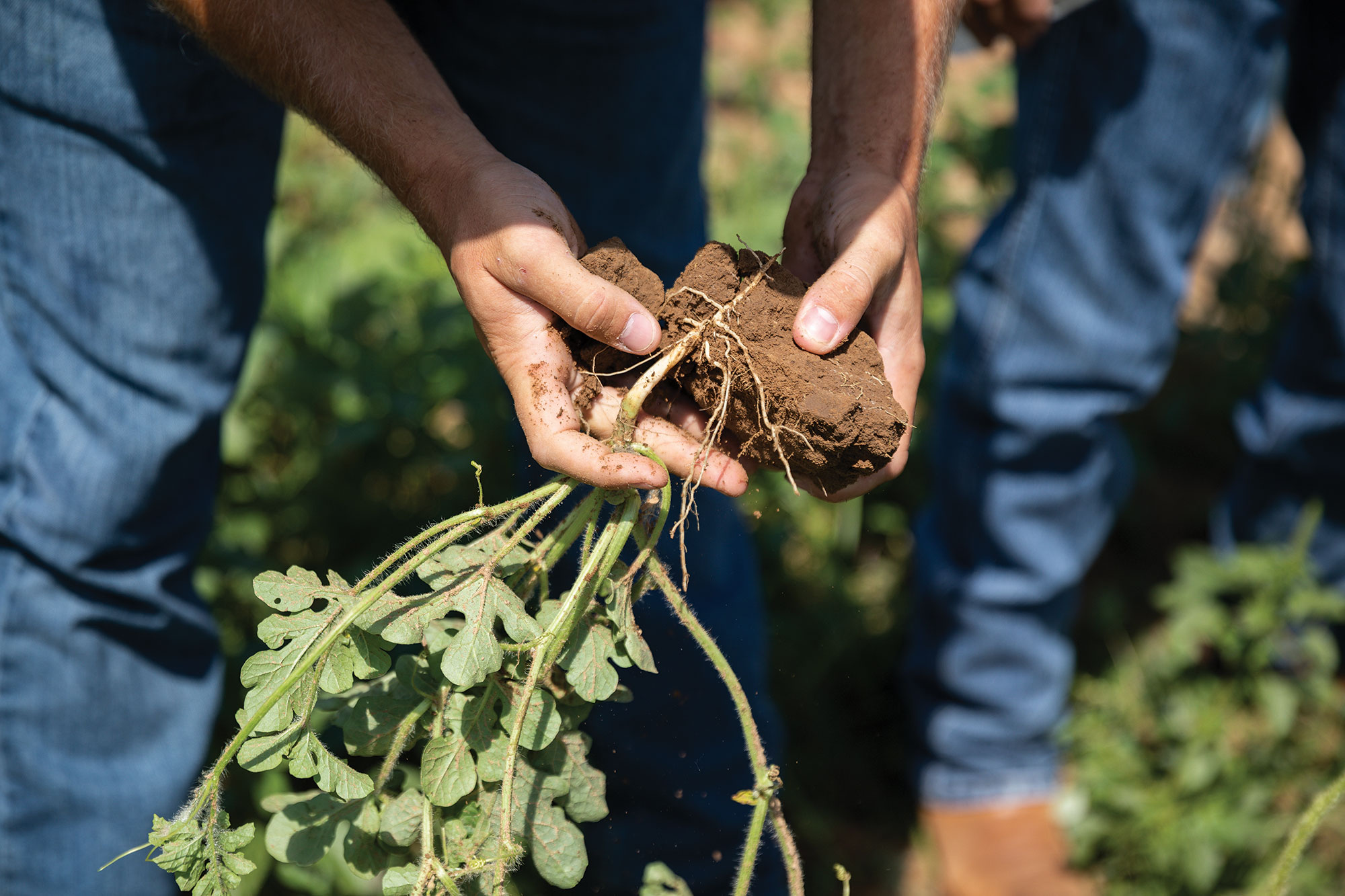
Step 5: Smell the soil. It should have a good earthy smell, like a freshly tilled garden or a root cellar. It should not smell like vinegar, a swamp, a rock from the creek or rotten eggs. Smell can be difficult to gauge at first, but remember to compare the soil in your field to the soil in the fence row. No smell equals no life.
Step 6: Take a look at the soil’s structure. Soil should crumble easily, like a perfectly done, moist chocolate cake. Your soil should include both big clumps and small clumps. If your soil is a singular clump, you probably have a compaction issue. Alternatively, if your soil sifts through your fingers like flour, you are missing the biological soil activity that provides the soil its healthy structure.
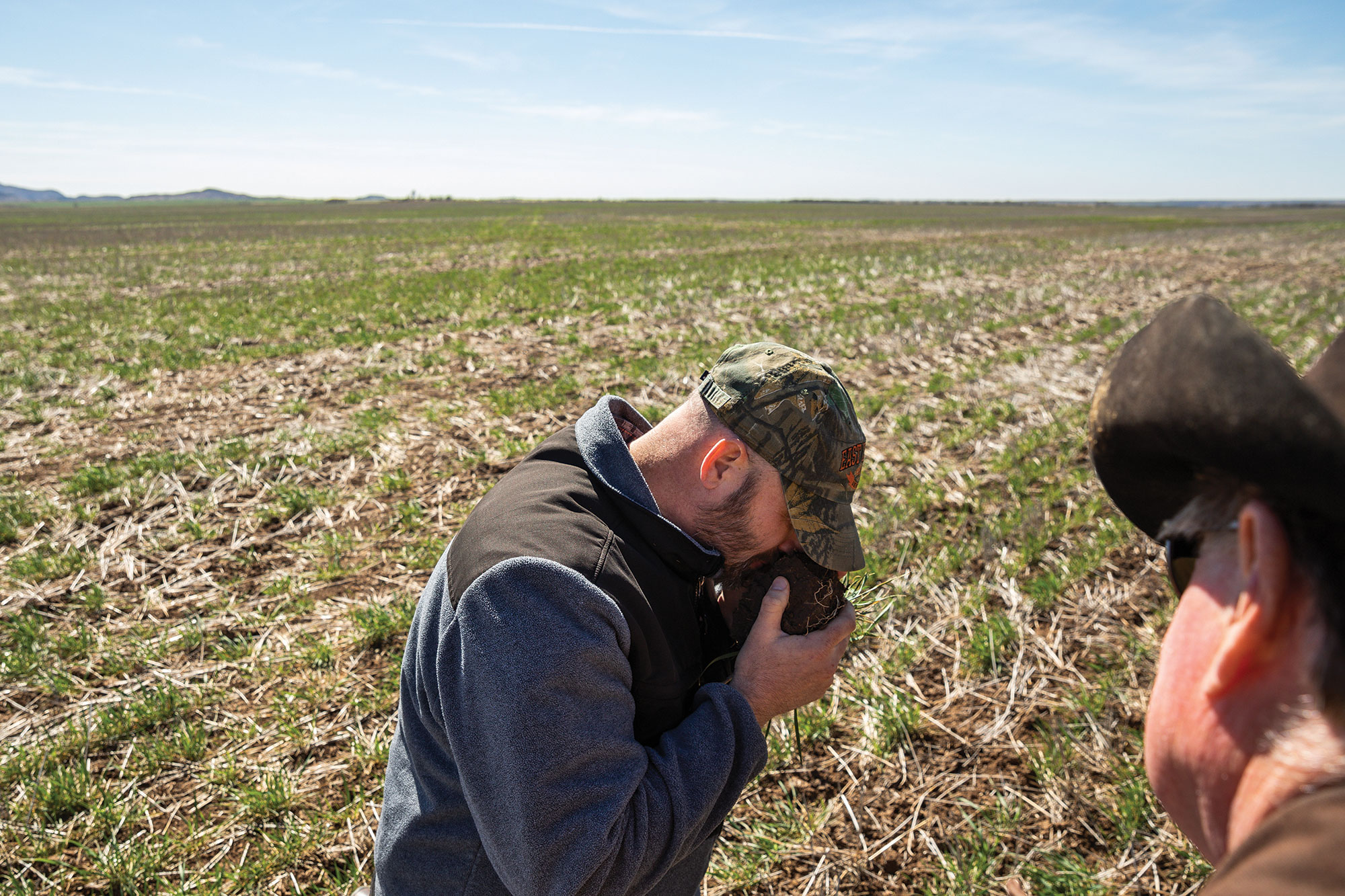
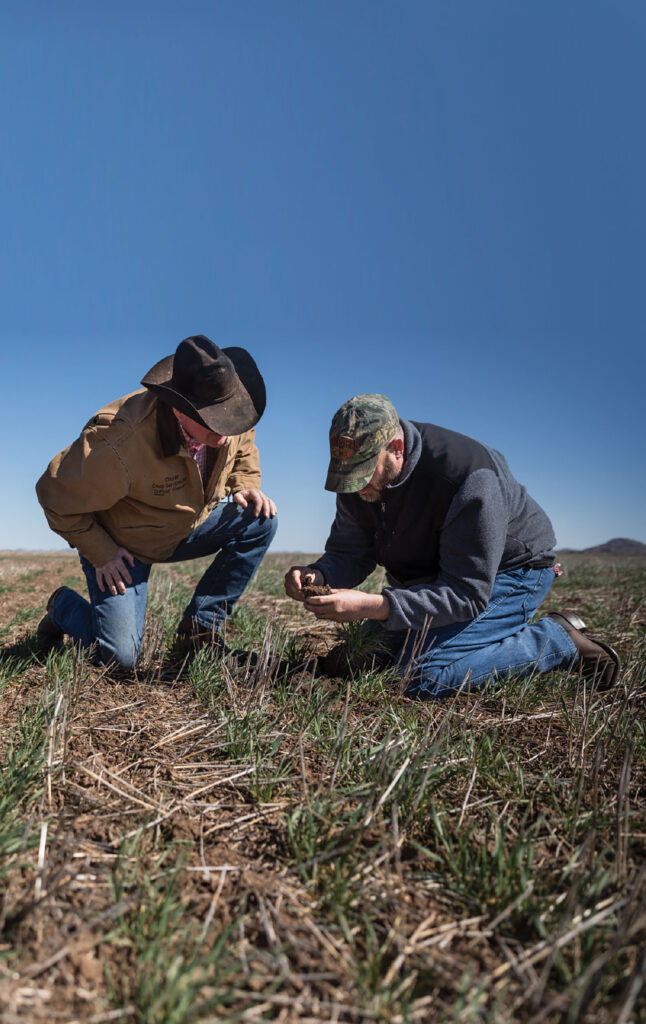
Step 7: NRCS can help you build an action plan to regenerate your soil.
Shovels of steel
Jim Johnson says any shovel will do, but he prefers one that is completely made from steel. That’s because digging in the field tends to break shovel handles. He notes that if you have a lot of difficulty digging, that may be your first sign of a compaction (and soil health) problem.
For More Information
For more information on the soil health indicators you can see (and smell) in the field, check out this article: Look for These Soil Health Indicators in the Field.

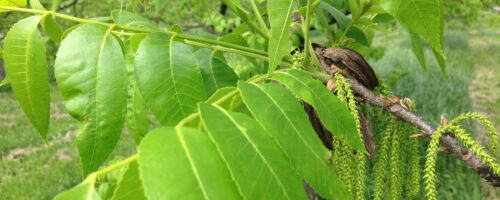
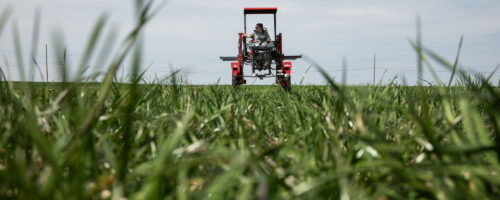
Comment